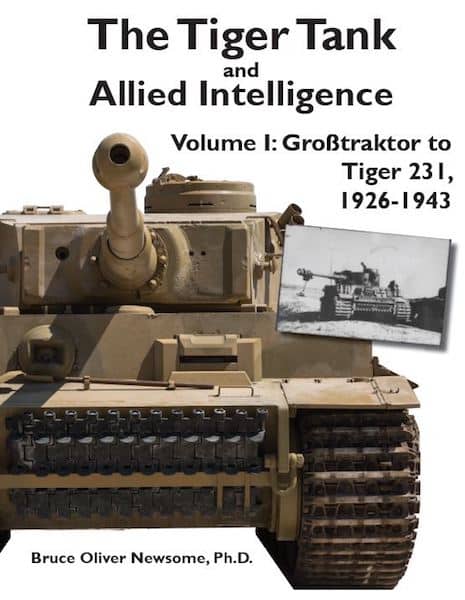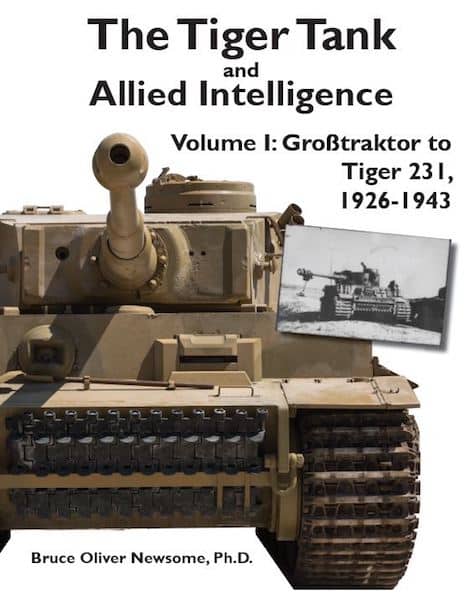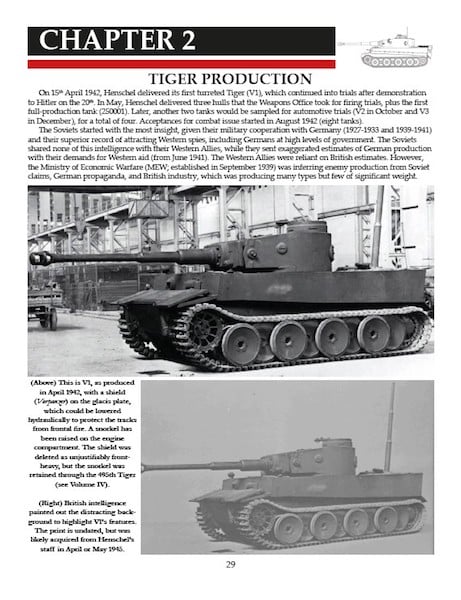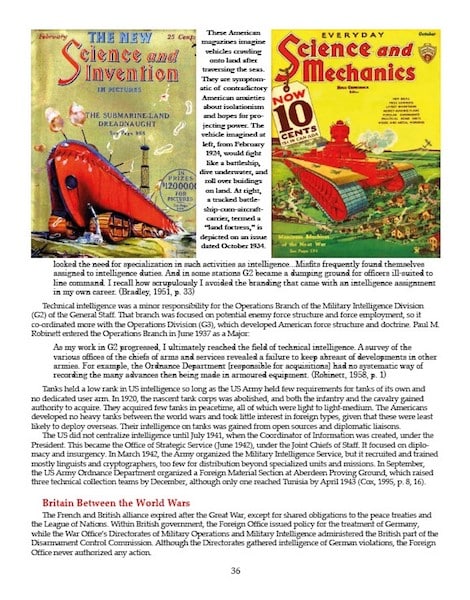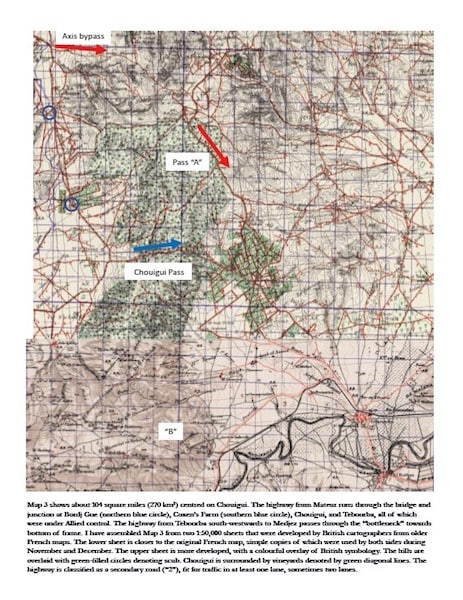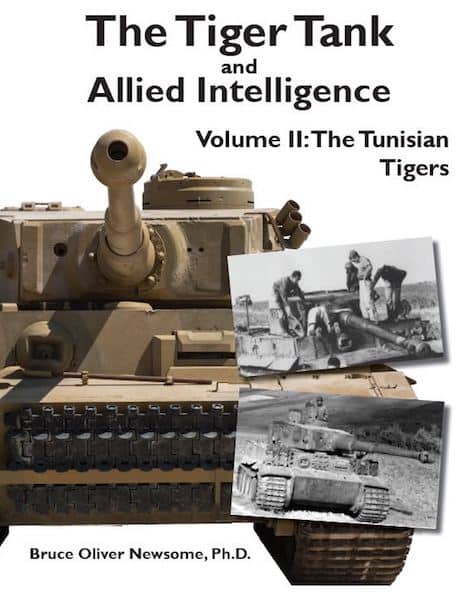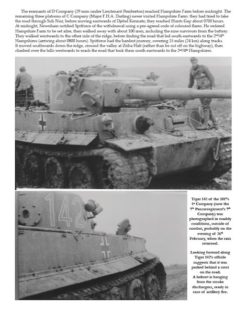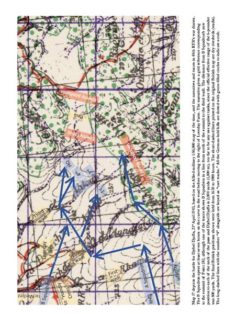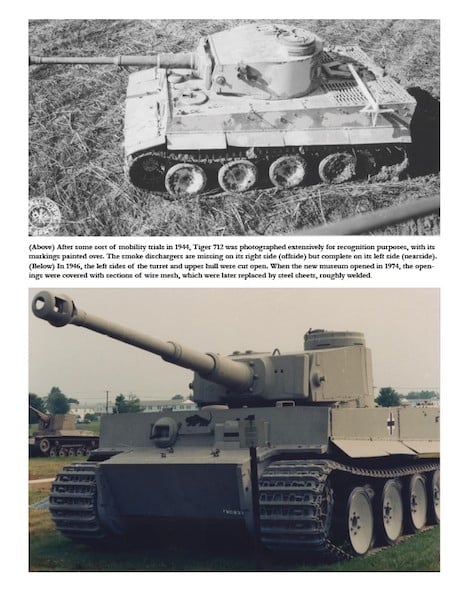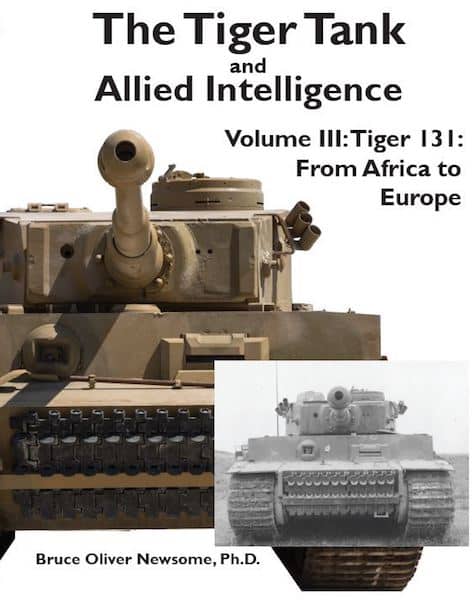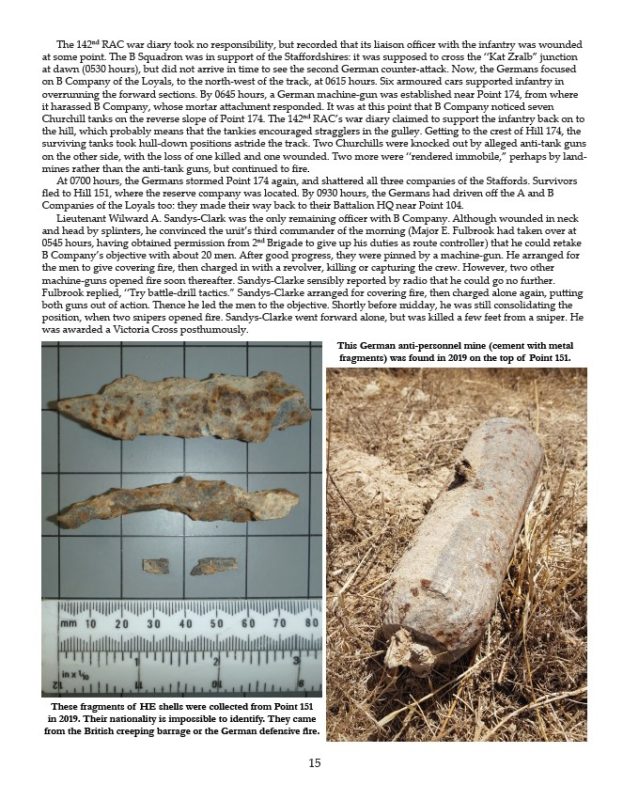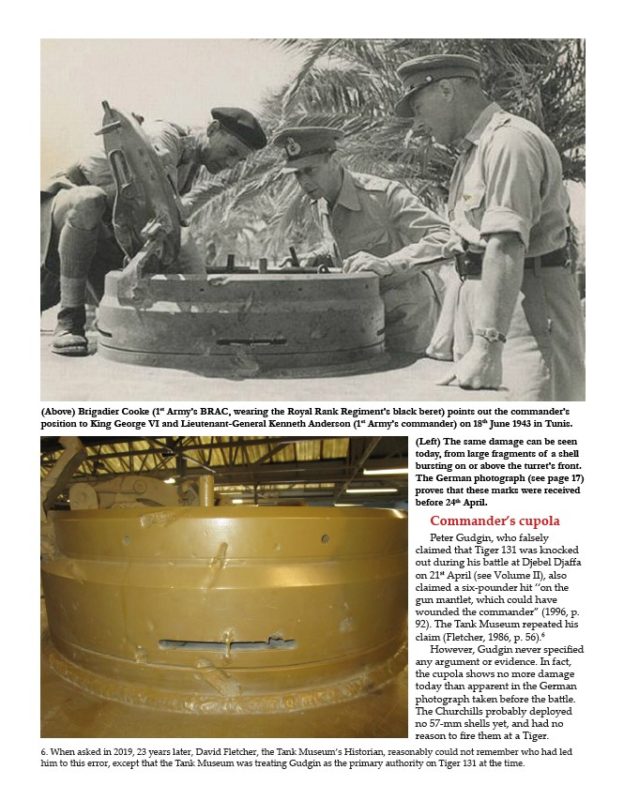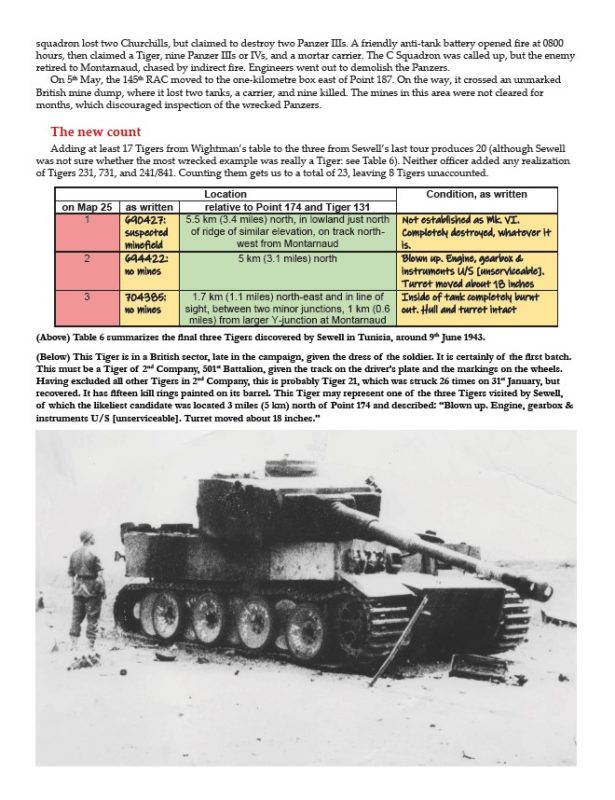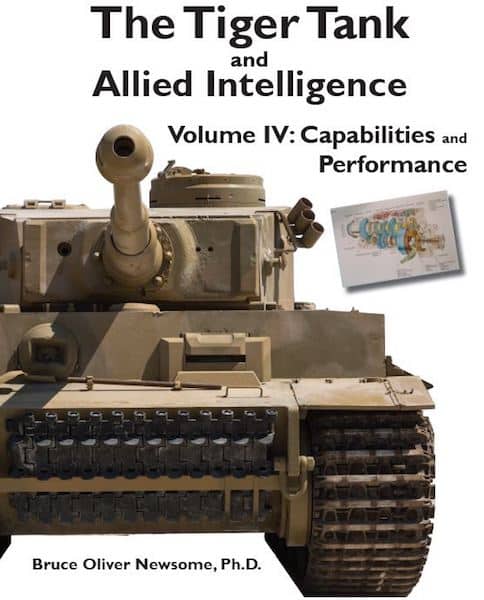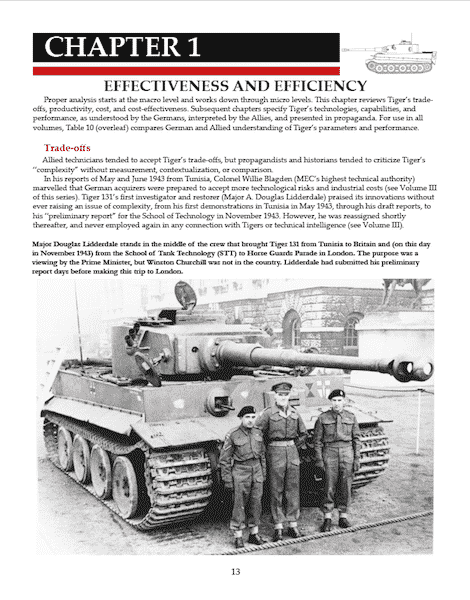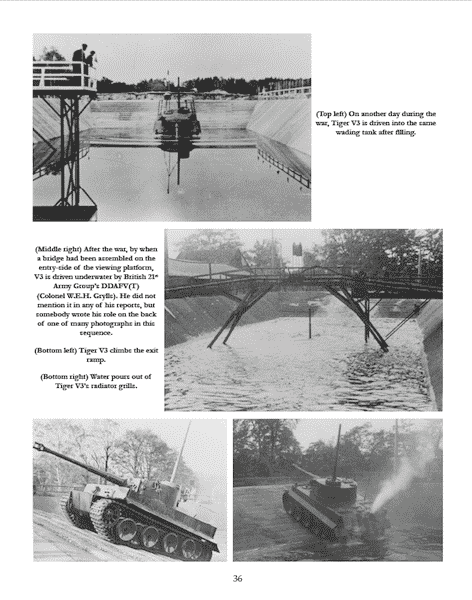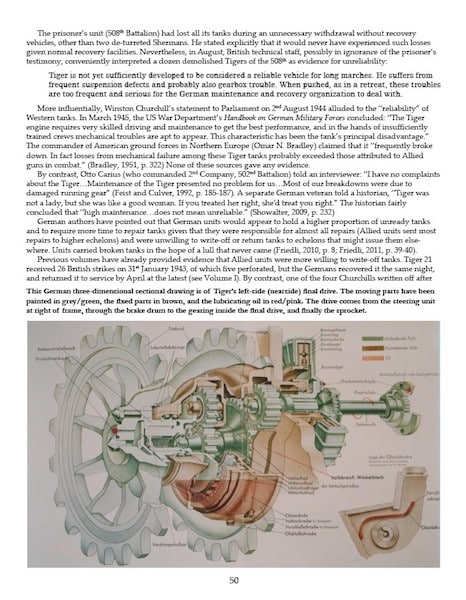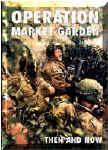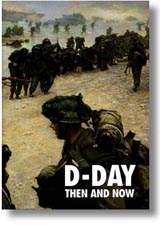Description
The Tiger Tank and Allied Intelligence Volume 1: Grosstraktor to Tiger 231, 1926-1943
The Tiger tank was dramatically more powerful than any other tank when deployed in 1942. How did the Germans preserve its secrets? Why were the Allies taken by surprise? What did they discover?
After 20 years of research on three continents, across 25 battle maps, 31 tables of data, more than 500 photographs and drawings, and previously unidentified first-hand accounts, these volumes reveal what Allied technicians discovered and what the propagandists covered up and distorted. Thus, we can learn more about the Tiger as it really was, rather than the hearsay that history books perpetuate.
This first volume explains what foreigners knew about Germany’s heavy tanks from 1926 to 1943; how the British decrypted signals about Tigers months before confirmation in the field; how the Soviets fought Tigers for eight months before telling their Allies; how the Western Allies fought Tigers earlier than they realized; how the French were the targets of the first deep battle involving Tigers, but the Americans captured the personnel and components, while the British captured the imagery.
The capture of Tiger 231 is stranger still. The British claimed it, but a Canadian commanded the company that first fired on it, and a Canadian engineer was first to exploit it. Although it lay within Allied lines, the Germans demolished it. They rated the demolition as thorough, but two British technicians heroically and accurately analyzed the wreck. Yet their intelligence would be overtaken by propaganda and political spin proved more enduring, even today.
Newsome, Bruce Oliver. Hard cover. English text. 184 pages. 144 photos. 14 maps, tables & charts.
The Tiger Tank and Allied Intelligence Volume 2: The Tunisian Tiger
The Tiger tank was dramatically more powerful than any other tank when deployed in 1942. How did the Germans preserve its secrets? Why were the Allies taken by surprise? What did they discover?
After 20 years of research on three continents, across 25 battle maps, 31 tables of data, more than 500 photographs and drawings, and previously unidentified first-hand accounts, these volumes reveal what Allied technicians discovered and what the propagandists covered up and distorted. Thus, we can learn more about the Tiger as it really was, rather than the hearsay that history books perpetuate.
This second volume tells the story of Tigers on the Western front from February to April 1943: the Tigers leading the greatest Axis counter-offensive of the Tunisian campaign, through Faid, Sidi Bou Zid, and Sbeitla, on the way to American abandonment of Kasserine Pass; the counter-offensive against the British from Sidi Nsir to Hunts Gap; the “Tiger graveyard,” where seven Tigers were demolished; the American claims to knock out Tigers at El Guettar Pass, where Tigers never fought; how Tigers saved Maknassy Pass, but went unobserved by the Americans; the American claim to knock out a Tiger in between these passes, and the match with Tiger 213; the reasons why Tiger 213 was never reported higher than company echelon; the daring German spoiling attack near Medjez; the failed British counter-attacks against a Tiger at Djebel Djaffa; the strange abandonment of this Tiger without demolition; the British failure to exploit this Tiger; and American acquisition of Tiger 712, its restoration, enshipment to America, and subsequent neglect; the huge British and French offensive across Goubellat Plain, and how Tigers contributed to its defeat; and Tiger 731’s final battles, its demise, its capture without demolition, and the reasons why its capture went unrecorded.
Newsome, Bruce Oliver. Hard cover. English text. 150 pages. 80 photos. 9 maps, tables & charts.
The Tiger Tank and Allied Intelligence Volume 3: Tiger 131: From Africa to Europe
The Tiger tank was dramatically more powerful than any other tank when deployed in 1942. How did the Germans preserve its secrets? Why were the Allies taken by surprise? What did they discover?
After 20 years of research on three continents, across 25 battle maps, 31 tables of data, more than 500 photographs and drawings, and previously unidentified first-hand accounts, these volumes reveal what Allied technicians discovered and what the propagandists covered up and distorted. Thus, we can learn more about the Tiger as it really was, rather than the hearsay that history books perpetuate.
This second volume tells the story of Tigers on the Western front from February to April 1943: the Tigers leading the greatest Axis counter-offensive of the Tunisian campaign, through Faid, Sidi Bou Zid, and Sbeitla, on the way to American abandonment of Kasserine Pass; the counter-offensive against the British from Sidi Nsir to Hunts Gap; the “Tiger graveyard,” where seven Tigers were demolished; the American claims to knock out Tigers at El Guettar Pass, where Tigers never fought; how Tigers saved Maknassy Pass, but went unobserved by the Americans; the American claim to knock out a Tiger in between these passes, and the match with Tiger 213; the reasons why Tiger 213 was never reported higher than company echelon; the daring German spoiling attack near Medjez; the failed British counter-attacks against a Tiger at Djebel Djaffa; the strange abandonment of this Tiger without demolition; the British failure to exploit this Tiger; and American acquisition of Tiger 712, its restoration, enshipment to America, and subsequent neglect; the huge British and French offensive across Goubellat Plain, and how Tigers contributed to its defeat; and Tiger 731’s final battles, its demise, its capture without demolition, and the reasons why its capture went unrecorded.
Newsome, Bruce Oliver. Hard cover. English text. 166 pages. 131 photos. 11 maps, tables & charts.
The Tiger Tank and Allied Intelligence Volume 4: Capabilities and Performance
The German Tiger was dramatically more powerful than any other tank when deployed in 1942. Why were the Allies taken by surprise? How did the Germans employ Tigers while preserving their secrets? How did the Allies react? Was the Tiger a monstrous folly or ahead of its time?
“The Tiger Tank and Allied Intelligence” compares German designs and operations with Allied intercepts, interrogations, captures, estimates, and adaptations.
After 20 years of research in three countries, across 20 battle maps, 31 tables of data, 500 photographs and drawings, and previously unidentified first-hand accounts, these volumes reveal not just what the Allies knew but what the Allies missed, covered up, and distorted. Thus, we can learn more about the Tiger as it really was, rather than the hearsay that history books perpetuate.
This fourth and final volume in the series analyses Tiger’s technologies, capabilities, and performance, in both German and Allied understanding. The chapters cover the trade-offs, productivity, cost-effectiveness, reliability, maintainability, life cycle, strategic mobility, tactical mobility, lethality, and survivability.
Newsome, Bruce Oliver. Hard cover. English text. 168 pages. 175 photos. 21 maps, tables & charts.

